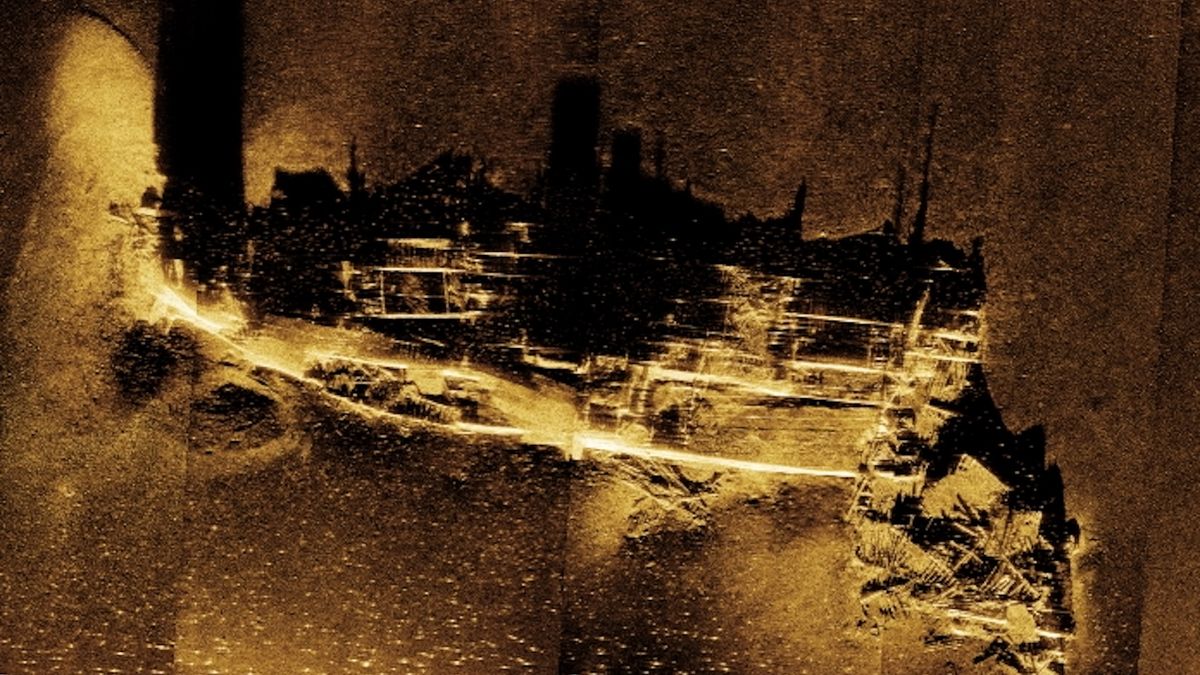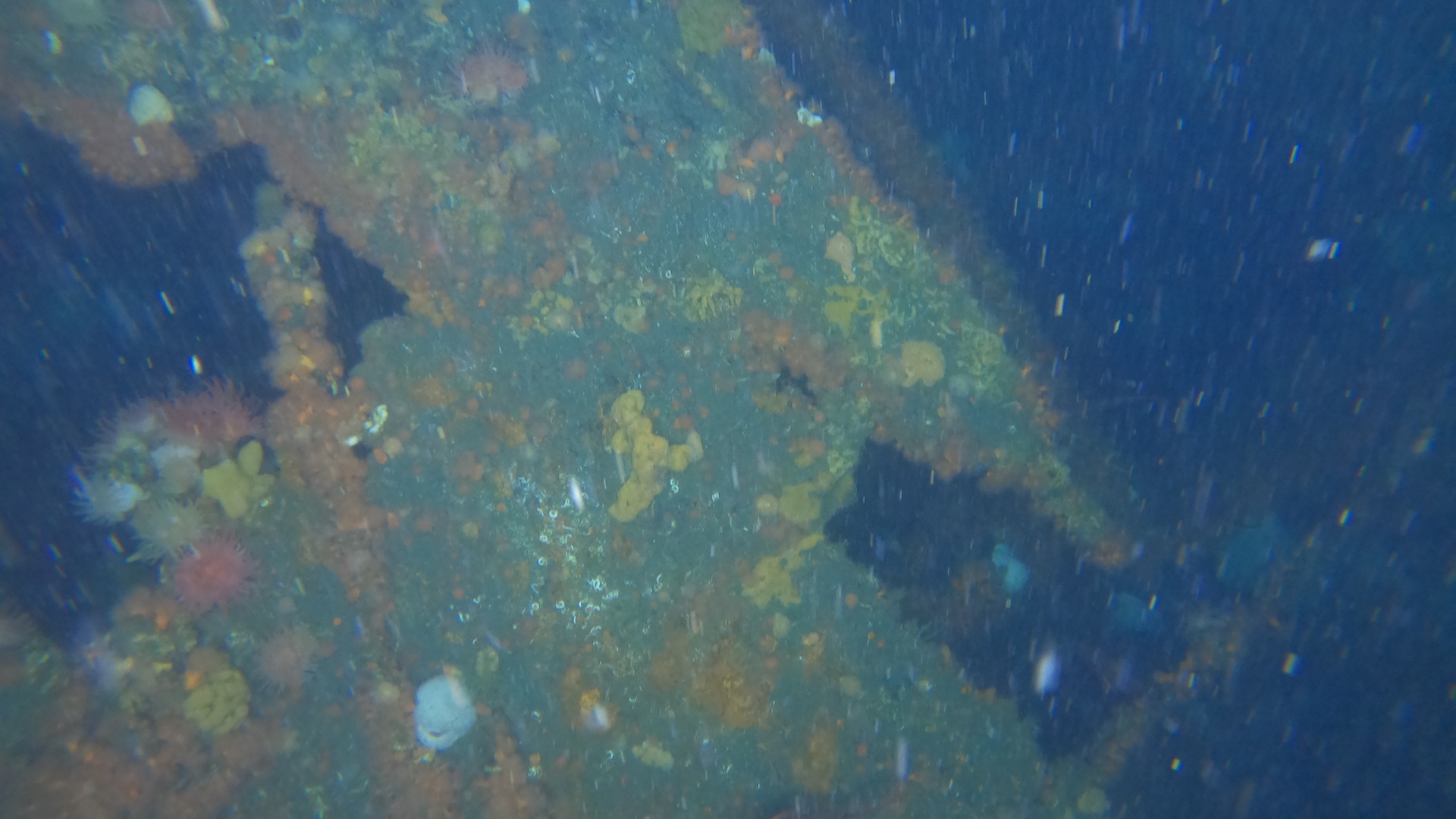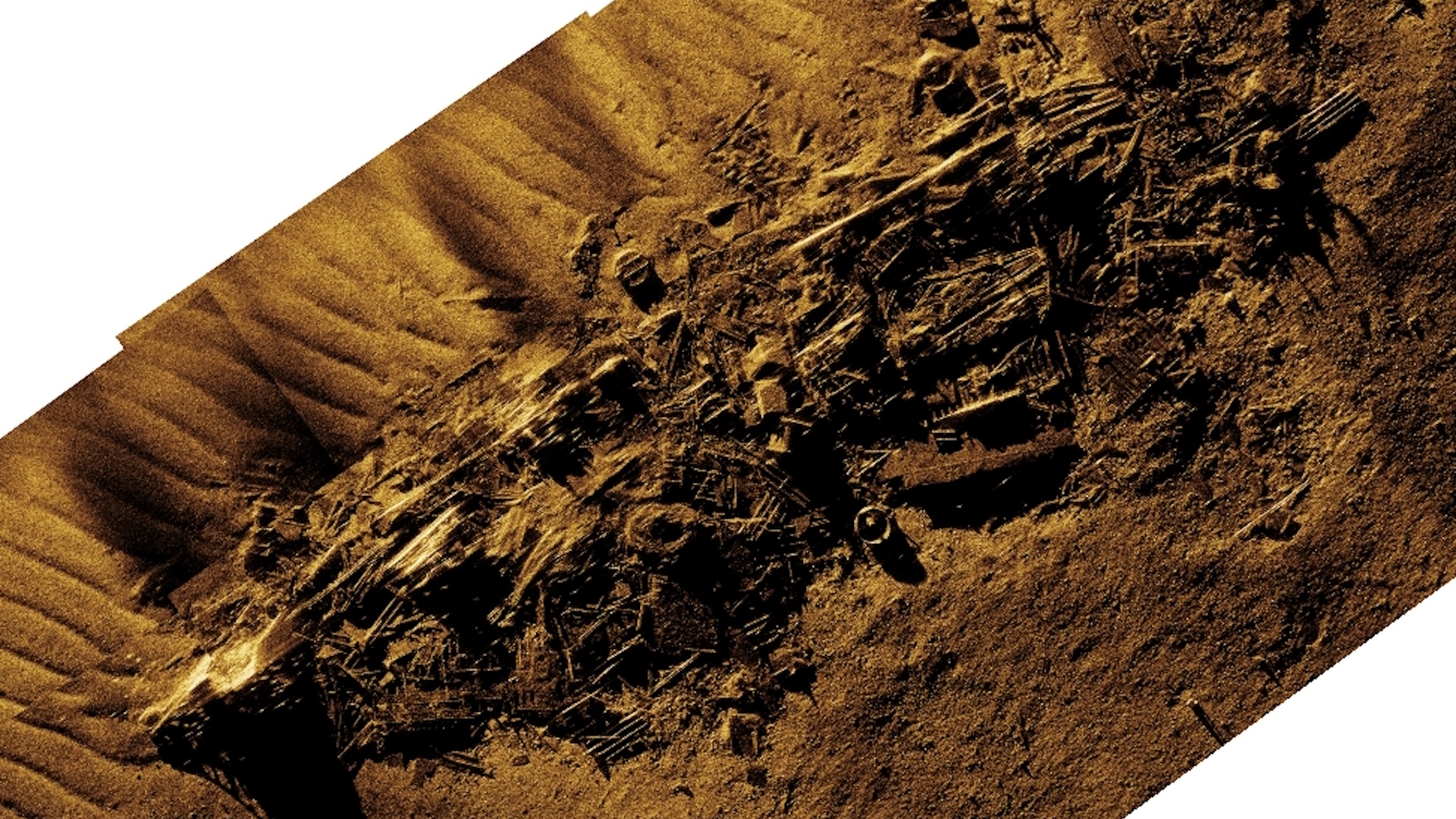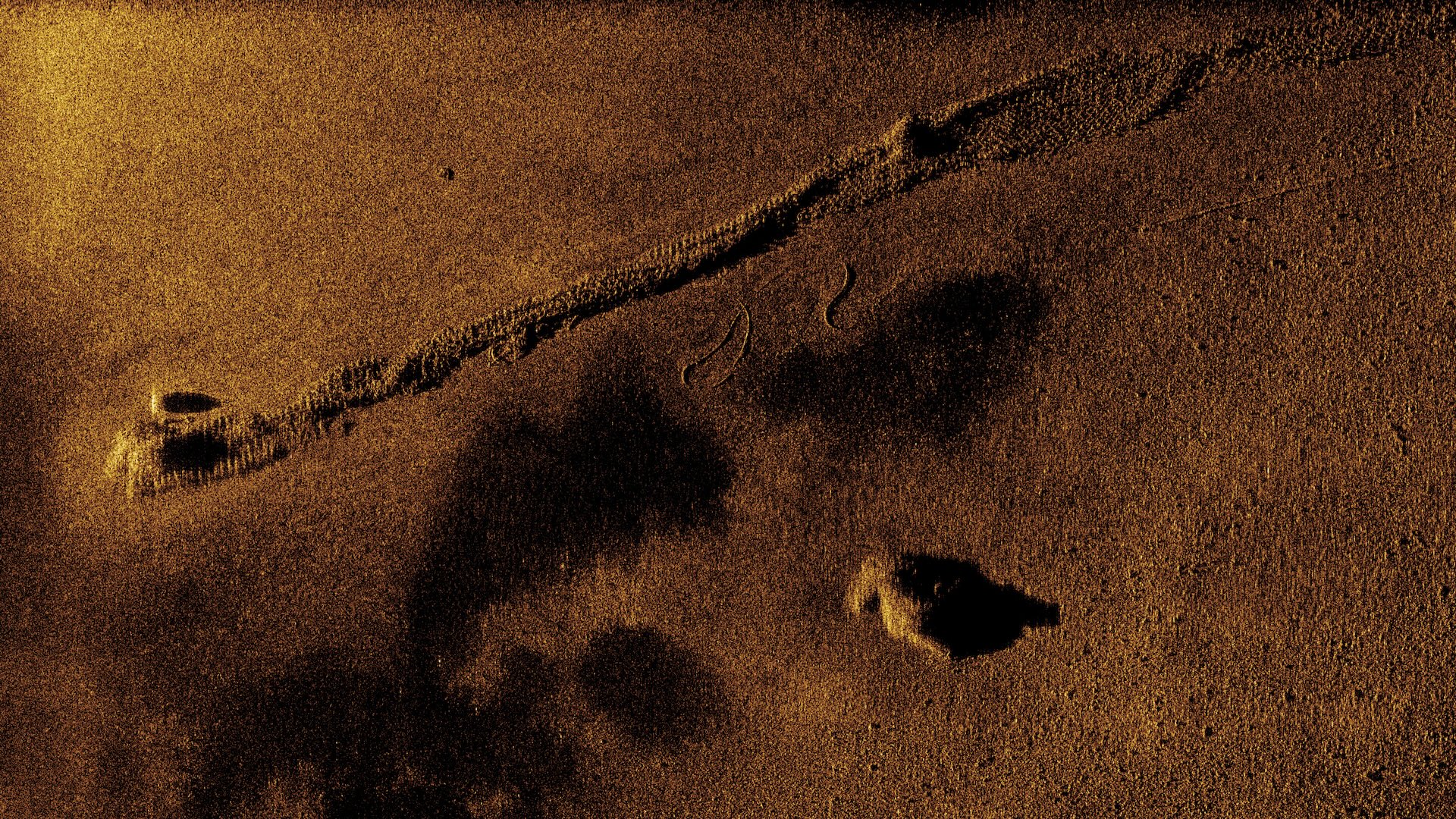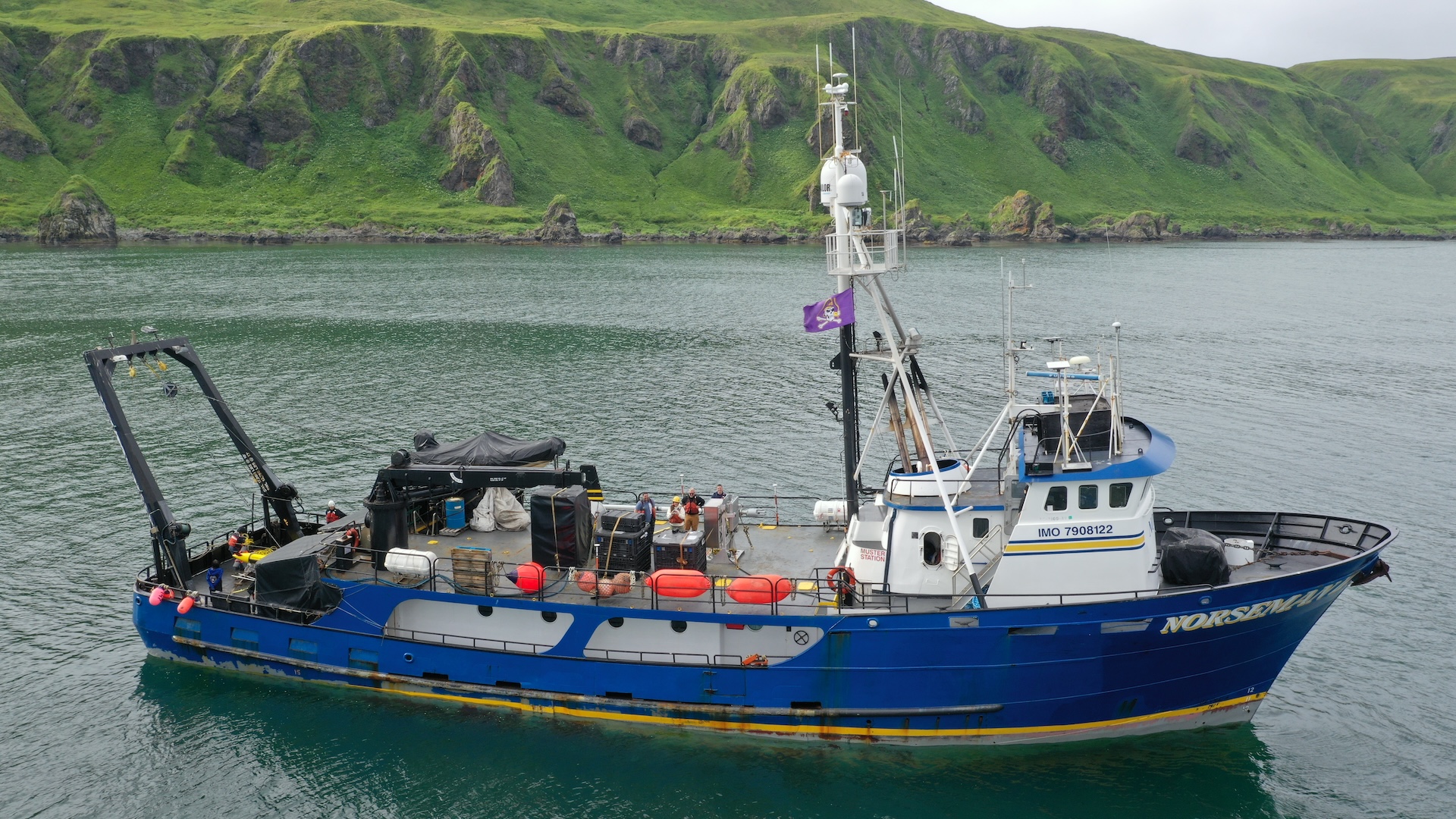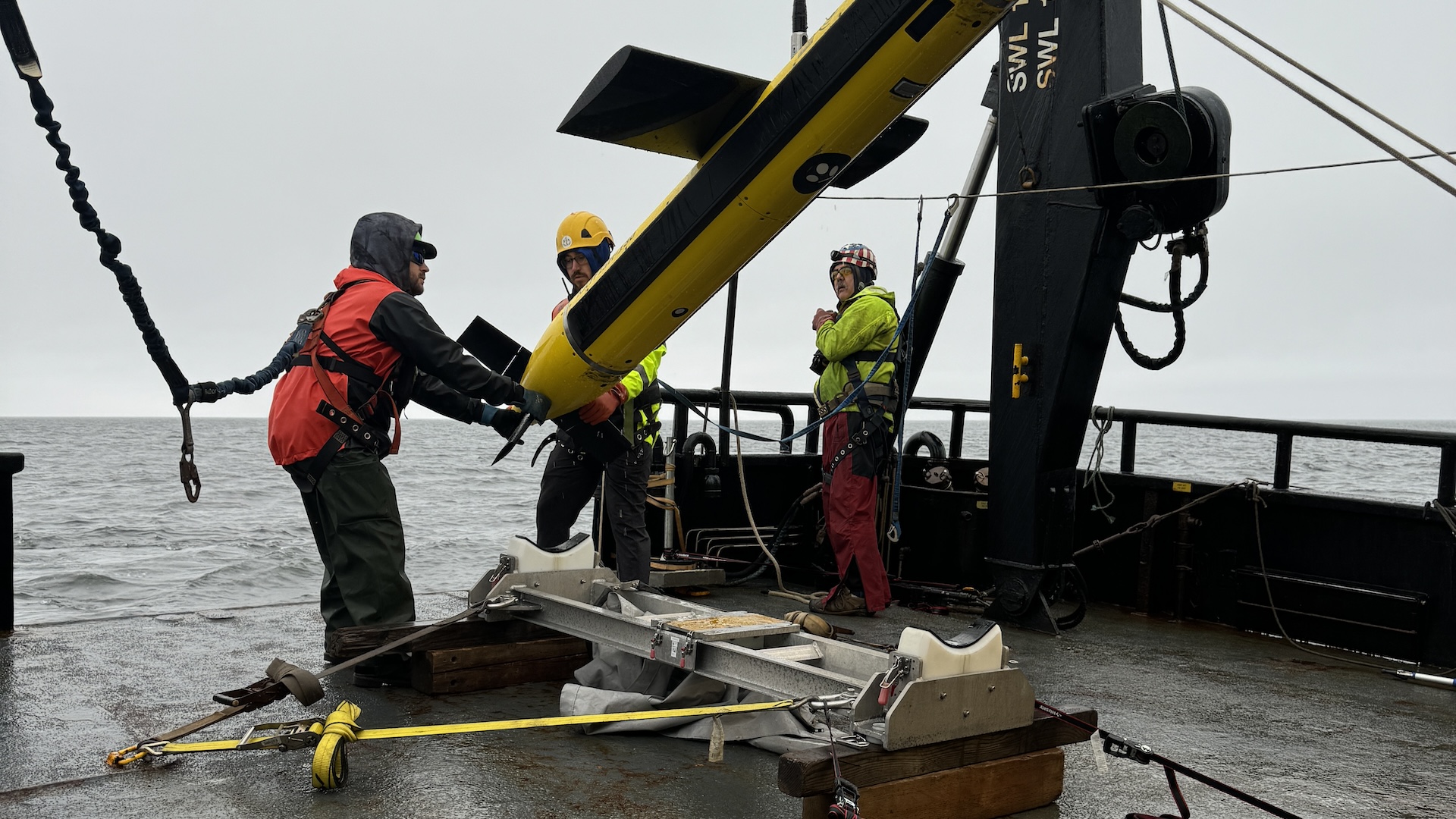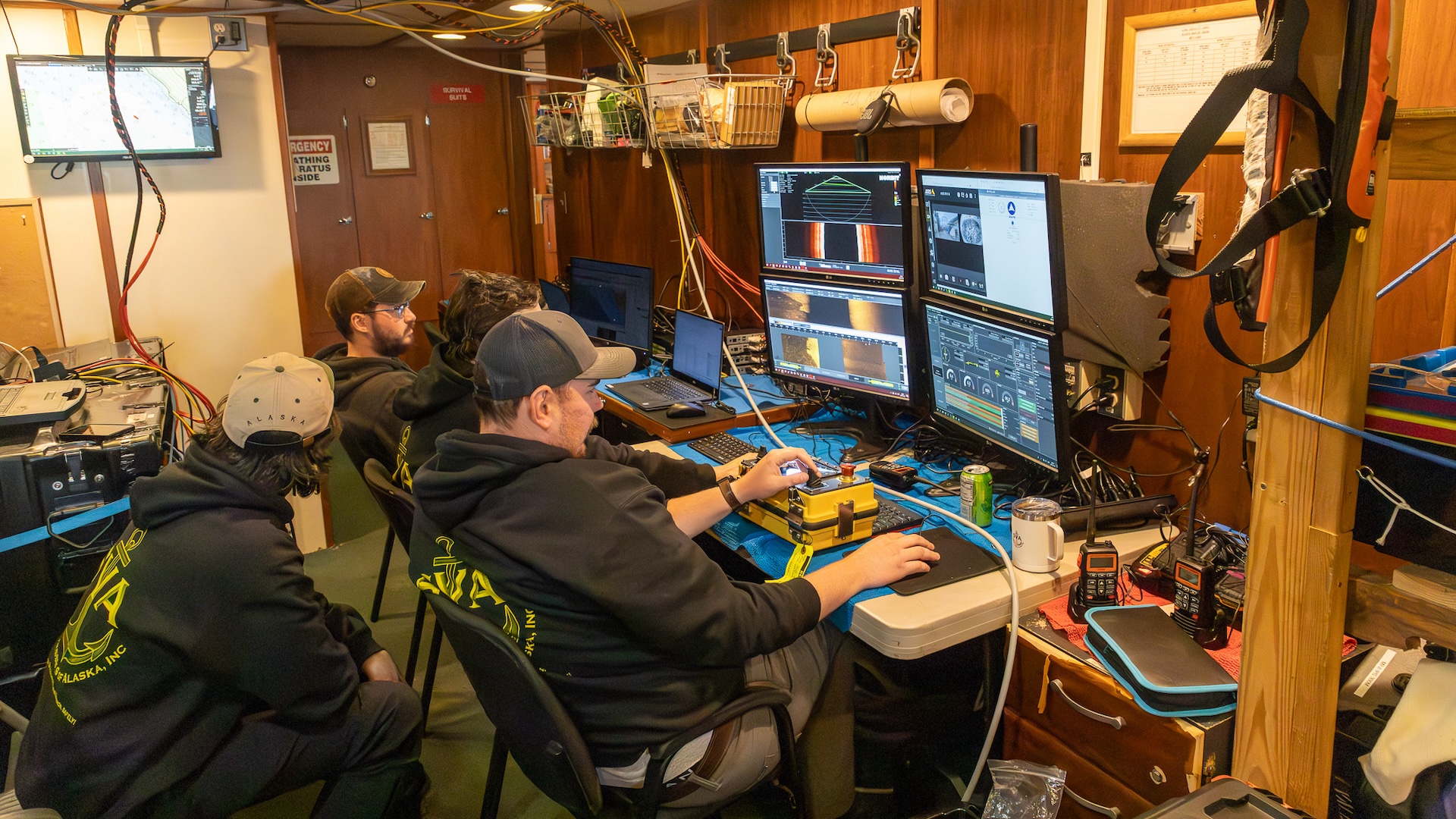Underwater archaeologists have located the wrecks of three military ships involved in Japan’s invasion of Alaska’s remote Aleutian Islands in World War II — an almost-overlooked conflict sometimes called the “forgotten battle” by historians.
The wrecks of the vessels — two Japanese freighters and the American cable ship SS Dellwood, which laid undersea cables during the war — were discovered last month during an expedition to Attu Island, at the westernmost tip of the Aleutians.
The Japanese ships were sunk by bombs from American aircraft after Japanese troops invaded the island in June 1942, roughly six months after the attack on Pearl Harbor, and the American ship sank about a month after the Japanese invasion had been defeated almost a year later, during efforts to reinforce the island’s defenses.
“The original [Japanese] idea was to turn Attu into an ‘unsinkable aircraft carrier'” for attacks on other American locations, maritime archaeologist and project co-leader Dominic Bush told Live Science.
“But as things started to change in the Pacific, they were abandoned by the Imperial command and basically told to hold out for as long as they could — essentially, to die with honor,” added Bush, who was a doctoral student at East Carolina University (ECU) at the time of the expedition and is now a researcher for the archaeological nonprofit Ships of Discovery.
Related: 30 incredible sunken wrecks from WWI and WWII
Battle of Attu
Attu and the nearby Aleutian island of Kiska were the only parts of North America invaded and occupied by a foreign enemy during World War II, although Japanese warplanes also bombed other Aleutian islands. In response, the United States spent roughly a year bombing the Japanese there with warplanes and, eventually, drove out the Japanese with a force of almost 35,000 American and Canadian soldiers.
The final stages of the invasion included the Battle of Attu, which claimed the lives of 2,351 Japanese and 549 Allied troops in May 1943.
Bush and his colleagues at ECU — including the project’s co-leader, maritime archaeologist and historian Jason Raupp — had spent years researching the Aleutian Island wrecks and were able to locate all three during a two-week expedition in July.
The researchers teamed up with several strategic partners, including the Japanese World Scan Project, which scans environmental and archaeological sites with drones and other robots, to find out as much as they could about the wrecks.
“Nobody had documented these wrecks before,” Raupp told Live Science. “So we went out there and searched … and since we had about four years of research and preparation, it made the identifications easier when we found them.”
Advanced sonar
The wreck hunters searched the area on board a former crab-fishing vessel — the Norseman II — which has been converted into a scientific research ship and is equipped with a remotely operated underwater vehicle that took video of the sunken ships. The wrecks were located by a sonar array towed behind the research ship; the array carried equipment for an advanced type of sonar called “synthetic aperture” sonar, which uses the reflections of sound pulses to locate objects underwater.
Raupp explained that the system combines new hardware and advanced software processing techniques to create three-dimensional scans of the seafloor over much greater distances and with much higher resolution than earlier sonar systems.
“It allows for increased efficiency of a survey, because you are able to cover massive swaths of the seabed with a high level of resolution,” he said. “We would have needed weeks to achieve the same result using standard sonar.”
The wreck of the Dellwood and one of the Japanese freighters, Kotohira Maru, were located offshore at a depth of about 300 feet (90 meters), and the wreck of the other Japanese freighter, Cheribon Maru, was found in shallow water near the shore.
Bush said the damage observed on the wrecks of the two Japanese freighters confirmed reports of their sinkings by bombs from American warplanes.
The sunken American ship had been laying cables for a new air base built there after the invasion when it struck an uncharted underwater pinnacle, Bush said, and the researchers had also found evidence that anti-submarine nets were used to defend Attu’s main port from attacks by Japanese submarines.

